Gay bar, how I miss you. Barely any lesbian joints have survived the online dating scene, and Grindr has replaced the cruising bars. Why get dressed up and brave the buses when all you have to do to get a date is access an app?
I was keen to indulge in some nostalgia when I picked up Jeremy Atherton Lin’s Gay Bar: Why We Went Out. I would now prefer dinner with friends to seedy nightclubs reeking of sex and poppers, but as a youngster I loved a gay disco.
Taking us through a personal, historical and political view of the gay bars of London, San Francisco and Los Angeles, Lin skilfully recreates the throb of disco, invoking the stench of beer and sweating men. ‘It’s starting to smell like penis in here,’ is a memorable opening line for any book. Although lesbians get the odd mention, this is about men: macho, camp or both.
My first gay bar was in 1977, aged 15. Rockshots in Newcastle was famed for its male go-go dancers and lesbians so butch they could kick-start a vibrator. At that time it was dangerous to be an out lesbian, and the gay bar was my refuge and classroom. Where else would I learn the art of dancing to Saturday Night Fever with a tiny woman dressed like John Travolta? I spent hours watching the courting rituals of lezzers for guidance on how this secret community conducted itself. This was the same for Lin, who came of age in the early 1990s in California.
His description of his experiences with his life partner Famous is primarily a documentation of the couple cruising for sex. Lin writes of San Francisco:
The streets were like advent calendars. I wanted to open each door and reveal a bisexual hippie, leather daddy, elegant transvestite, friendly bull dyke wielding tattoo gun, sleazy yogi, stoned poet, skateboarder too lazy to resist my advances. I wanted to eat it all up.
Mostly focusing on the post-Aids crisis years, Lin occasionally travels back to before 1967, the year homosexuality was partially decriminalised. Police would raid bars known to welcome a gay clientele and round up the most ‘obvious’: ‘the effeminate, the screamers — in powder and perfume, perched on a knee, calling one another girl or queen’. There is a robust exploration of the various identities gay men pursue in order to hide from homophobia. ‘Masculine — normal — men with stealthy predilections could be invisible, and thereby beyond the law.’ Take the 1970s clone nightclubs, in which men took on the working-class macho look, which bled out into mainstream culture with the help of the Village People.
Vauxhall, in south London, is notorious for the kind of hyper macho dodgy gay bar with a reputation for ‘heavy drug users and bug chasers, the bad seeds of the gay populace’. And Gay Bar is peppered with anecdotes of protests against homophobia. In 1987, the drag queen Lily Savage was arrested at the Royal Vauxhall Tavern when police ‘mistook’ him for a stripper. This was during the height of the Aids pandemic, and more than 30 police officers arrested 11 customers — ‘essentially for being drunk at a pub’.
But the gay bar was not merely a refuge from bigotry. It could also be a site of oppression for some effeminate gay men. We are reminded of a mid-1970s racial profiling controversy at Studio One in Los Angeles when claims were made ‘by black and Chicano men that they were frequently denied entrance’.
Lin quotes the journalist June Thomas who wrote in 2011: ‘I can’t help wondering whether, as gay rights move forward, the gay bar — the place where it all began —may get left behind.’ That has happened, but not just because our rights have advanced. Perhaps it is also the increasing pressure on gays to become heteronormative: marriage, mortgages, babies.
The book is an impressive debut, though not without fault. The narrative zips around confusingly, often dropping in the odd fact about 13th-century hostelries that feel out of place. But Gay Bar is a good shot of nostalgia for those of us who were there, and a history lesson for those who grew up with Grindr.
Got something to add? Join the discussion and comment below.
Get 10 issues for just $10
Subscribe to The Spectator Australia today for the next 10 magazine issues, plus full online access, for just $10.
You might disagree with half of it, but you’ll enjoy reading all of it. Try your first month for free, then just $2 a week for the remainder of your first year.

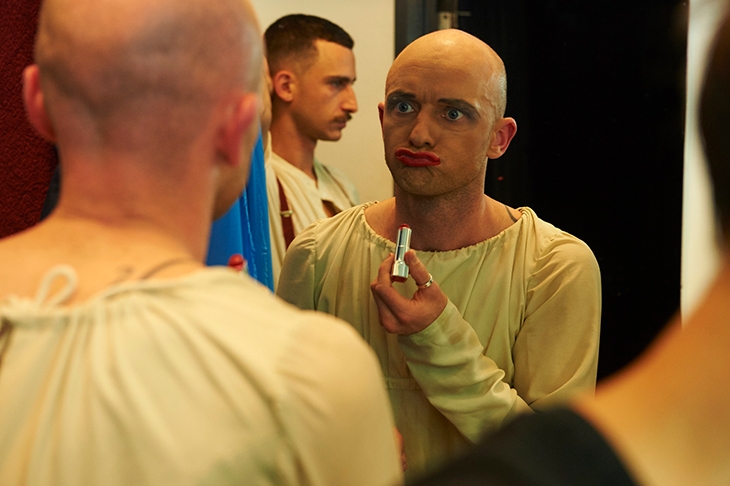
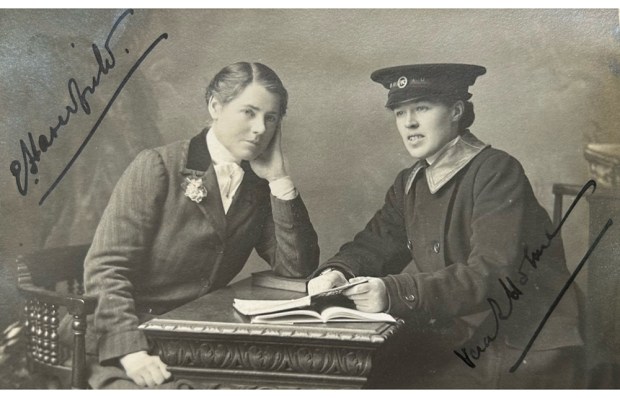
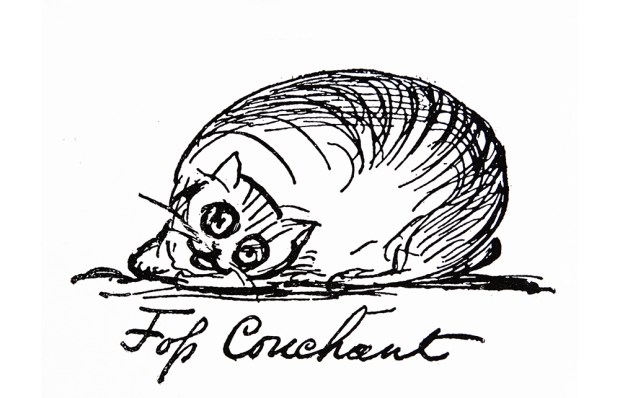
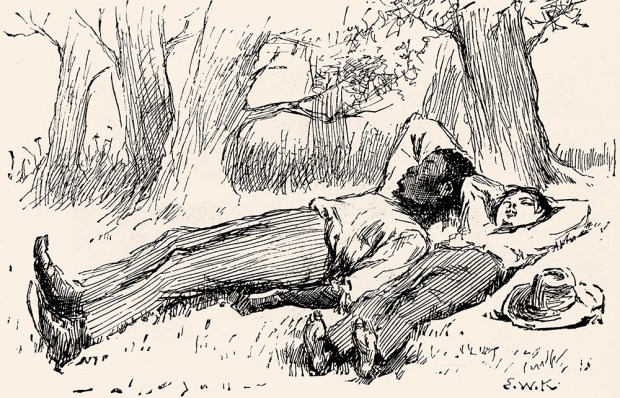
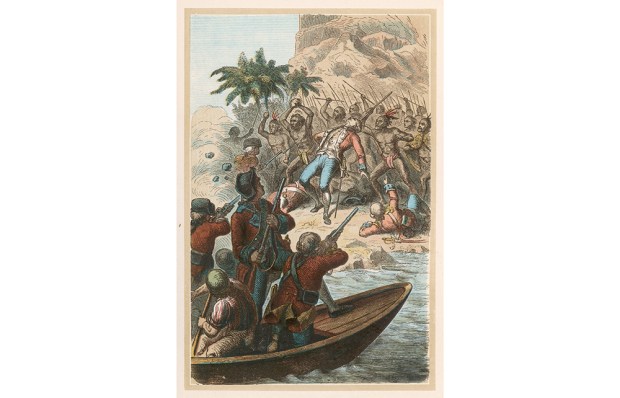

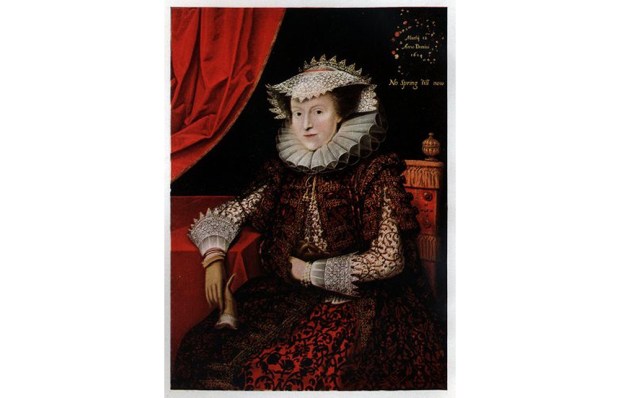






Comments
Don't miss out
Join the conversation with other Spectator Australia readers. Subscribe to leave a comment.
SUBSCRIBEAlready a subscriber? Log in